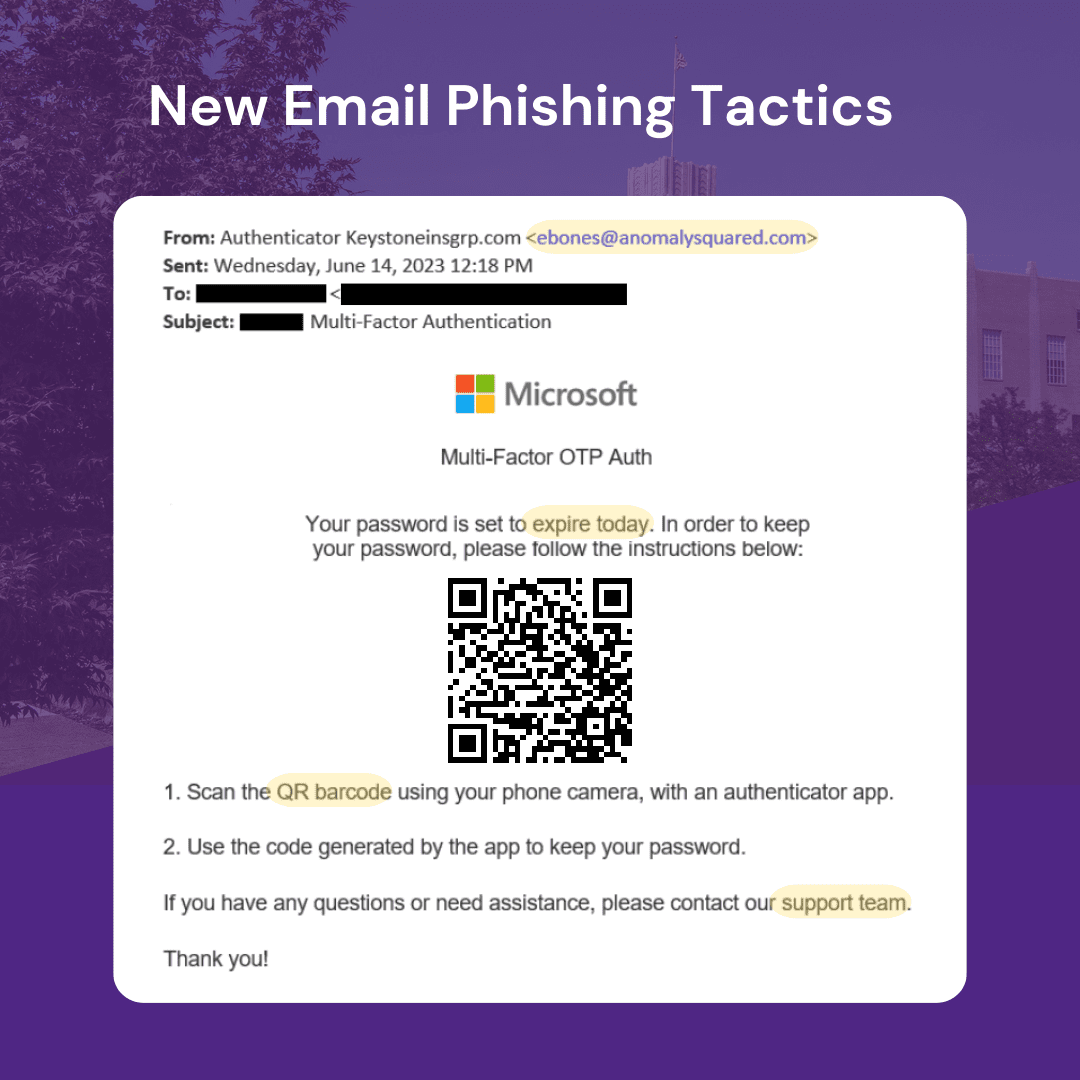
25 Jul Avoid Phishing Attacks
In today’s modern era, the internet has become a large part of our everyday lives, with everyone having experience with the impacts that it can make. It plays a tremendous role in benefiting convenience and connection to others, but it also has introduced a handful of newer risks. One risk that is quite common to see is phishing attacks, which are deceptive messages that can pose a threat to one’s personal information, financial security, and even a business’s reputation. As an insurance agency, protection is a key commitment for those around us. It is of utmost importance to spread awareness about phishing and help others stay up to date on the latest tactics that these frauds are using.
Phishing is a practice where cybercriminals impersonate organizations such as banks, companies, or even colleagues to trick individuals into revealing information. The information that is most frequently found is passwords, credit card details, or social security numbers. These cyberattacks often use specific tactics to lure unsuspecting victims into a trap.
While you may feel confident in your ability to identify fraudulent emails, it is crucial to stay up to date on the latest tactics employed by these criminals. By remaining informed, you can better protect yourself and others from falling victim to phishing attacks. Listed below are updated tactics cyber attackers use, ways to identify fake emails, and tips to follow:
Updated Tactics:
- They mimic a popular service, in this case, Office 365.
- They ask the user to scan a QR code, instead of clicking a link.
- They add a sense of urgency, informing the user that their password will expire the day of the sent email.
- They register a fake domain to direct users who scan the QR code.
- They offer for users to contact support with any questions, adding legitimacy.
Ways to Identify Fake Emails:
- The message does not come from the typical IT department email address or personnel with which you are familiar.
- The From address is not the same or like the company that the email is claiming to be from.

Training is paying off and more people are thinking before they click, and the bad guys know it. So, they continually look for new ways to manipulate users into doing their bidding,
Tips:
- Slow down! Does this email / text / voicemail / phone call make sense?
- When you’re in doubt, DO NOT REPLY. Call the sender at a number you know.
- Forward the message to the IT department.
- Use MFA!
- Use a password manager, as well as random passwords.
As we navigate the internet and all that it has to offer, it is important to prioritize our online security by understanding the dangers that we may face. By staying informed about phishing techniques, we can better protect our personal information, financial well-being, and the reputation and safety of our businesses.
We can help walk you through all these safety tips to ensure you are risk-free.
To find out more, contact one of our talented Risk Advisors today!


No Comments